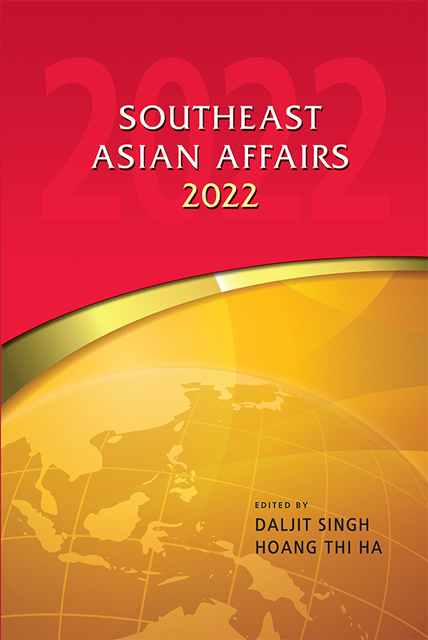Race and Racism in Singapore
Published online by Cambridge University Press: 01 September 2023
Summary
Singapore’s home affairs and law minister, K. Shanmugam, is generally an unflappable man. Yet, twice in 2021, his composure appeared to be affected by a series of racially inflected incidents that captured the public’s attention. The first was on 6 June when he expressed that he was “not so sure anymore” that Singapore was “moving in the right direction on racial tolerance and harmony”. His remarks were triggered by a viral Facebook video of a Chinese Singaporean man berating a young couple for their interracial relationship. In the clip, the man—later identified as a sixty-year-old local polytechnic lecturer—told them that that it was “racist that an Indian prey on Chinese girl”, while insisting that people should only date within their own race. (Shanmugam sounded more optimistic four days later, however, when he asserted in an interview that Singapore has made “tremendous progress” as a multiracial country.) Just over a month later, the minister conveyed that he was “quite sad” to hear a particular question raised during a forum co-organized by the government’s feedback unit and Lianhe Zaobao, Singapore’s main Chinese language broadsheet. An attendee had asked why the Chinese community—the country’s largest ethnic group—“shouldn’t have the right to decide on Singapore’s direction, such as education, [and] language”, instead of having to defer to ethnic minorities.
These events were not isolated. Accounts circulated in social media through the year about racial incidents. An ethnic Chinese lady was filmed repeatedly hitting a gong in front of her Hindu neighbour’s door while the latter was conducting his “five-minute, twice-a-week” ritual prayers (which involved ringing a small bell). There were two separate racist incidents against ethnic Indians in the first week of May alone: the first involved a man making offensive remarks at an Indian family after confronting one of them for not wearing a mask, while the second involved an assault against a fifty-five-year-old Singaporean Indian lady who had worn her mask below her nose while brisk walking.
These incidents arose despite the country’s heavy emphasis on the ethos of multiculturalism and the numerous laws regulating racial harmony. The Singapore government has certainly not been shy in resorting to legal sanction when necessary to penalize offensive speech, including relying on the colonial-era Sedition Act (originally introduced to safeguard British rule from local anti-imperial resistance) in the 2000s and early 2010s.
- Type
- Chapter
- Information
- Southeast Asian Affairs 2022 , pp. 324 - 342Publisher: ISEAS–Yusof Ishak InstituteFirst published in: 2023

